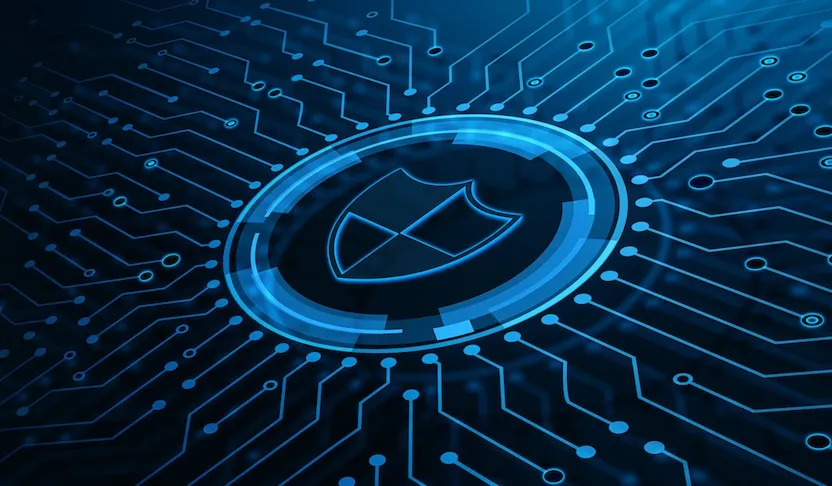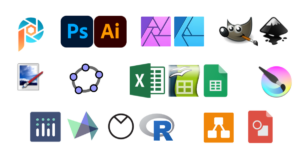Safe C++: Bridging the Gap Between C++ and Memory-Safe Languages
In recent years, the software development community has witnessed a growing emphasis on memory safety in programming languages. This shift has been driven by the increasing number of security vulnerabilities and exploits that stem from memory-related errors in code. As a result, languages like Rust have gained popularity for their built-in memory safety features. However, the vast ecosystem of existing C++ code and the large pool of experienced C++ developers have led to a new initiative: Safe C++.
What is Safe C++?
Safe C++ is a project aimed at promoting the adoption of safe coding practices within the C++ language, rather than pushing for a wholesale transition to languages like Rust. The initiative, spearheaded by developer Sean Baxter, seeks to address the security concerns raised by cybersecurity experts while leveraging the existing strengths of C++.
Key Objectives of Safe C++
- Prohibit the use of unsafe memory management methods
- Introduce new language features that enhance memory safety
- Provide a pathway for improving existing C++ codebases without complete rewrites
The Need for Safe C++
The urgency for such an initiative becomes clear when we consider recent statements from various cybersecurity agencies:
- In November 2022, the NSA released a report highlighting the vulnerabilities inherent in C and C++, recommending a shift to memory-safe languages like C#, Go, Java, Ruby, Rust, and Swift.
- In February 2024, the Office of the National Cyber Director (ONCD) at the White House urged software developers to move away from memory-unsafe languages like C and C++ in favor of more modern, memory-safe alternatives.
- The Cybersecurity and Infrastructure Security Agency (CISA) published a study in June 2024, analyzing 172 key Open Source projects for memory-related vulnerabilities.
CISA’s Findings
The CISA study revealed alarming statistics:
- 52% of critically popular open-source projects contain code written in memory-unsafe languages.
- 55% of the total lines of code in popular and key projects are written in memory-unsafe languages.
- The largest projects disproportionately rely on memory-unsafe languages, with median unsafe code share in large projects reaching 62.5%.
These findings underscore the need for a solution that can address memory safety concerns without requiring a complete overhaul of existing codebases.
Safe C++ vs. Rust: A Pragmatic Approach
While Rust has gained traction as a memory-safe alternative to C++, the Safe C++ project acknowledges the challenges of widespread adoption:
- Existing Codebase: C++ supports software that has generated trillions of dollars in revenue. Rewriting all this code in Rust is impractical.
- Developer Expertise: There is a vast pool of experienced C++ programmers whose skills should be leveraged rather than discarded.
- Interoperability Challenges: The foreignness of Rust to professional C++ developers, coupled with complex interoperability tools, makes it difficult to improve C++ application security by rewriting critical sections in Rust.
Safe C++ proposes an in-language solution for memory safety, creating a “safe C++” that can coexist with existing codebases.
Key Features of Safe C++
1. Strict Prohibition of Undefined Behavior
Safe C++ enforces a strict ban on writing code that can lead to undefined behavior. This includes ensuring type and thread safety.
2. New Language Capabilities
The project introduces new features that improve upon unsafe language capabilities that are prohibited for end-users. These include:
- Borrow checking with T^ and const T^ syntax
- Send-and-sync concepts
- Safe alternatives to unions, such as std::variant and std::bit_cast
3. Compatibility with Existing C++ Code
One of the core principles of Safe C++ is maintaining full interoperability with standard C++. This includes:
- Compilation with the same compiler
- ability to use templates from each other’s code
- Easy refactoring of existing codebases
Implementing Safe C++ in Your Projects
Adopting Safe C++ in your projects involves several steps:
- Start with New Code: Begin by writing new modules or components using Safe C++ practices.
- Gradual Refactoring: Identify critical sections of your existing codebase and refactor them to use Safe C++ principles.
- Tool Integration: Incorporate static analysis tools that can help identify potential memory safety issues in your code.
- Developer Training: Invest in training your team on Safe C++ practices and the reasoning behind them.
The Future of C++ in a Security-Conscious World
The introduction of Safe C++ represents a significant step in the evolution of the C++ language. By addressing memory safety concerns head-on, C++ can maintain its relevance in an increasingly security-conscious software development landscape.
Potential Impact on the Industry
- Reduced Vulnerabilities: As more projects adopt Safe C++ practices, we can expect to see a decrease in memory-related vulnerabilities in C++ codebases.
- Improved Developer Productivity: With safer defaults and clearer guidelines, developers can spend less time debugging memory issues and more time on feature development.
- Bridging the Gap: Safe C++ could provide a middle ground for organizations hesitant to make a full transition to languages like Rust.
Challenges and Criticisms
Despite its promising approach, Safe C++ faces several challenges:
- Adoption Resistance: Some developers may resist changes to their coding practices or view Safe C++ as unnecessary complexity.
- Performance Concerns: There are concerns that some Safe C++ features might introduce performance overhead, though proponents argue that modern compiler optimizations can mitigate most of these issues.
- Standardization Process: Incorporating Safe C++ features into the C++ standard will require navigating the complex C++ standardization process.
Conclusion
Safe C++ represents a pragmatic approach to addressing memory safety concerns in one of the world’s most widely used programming languages. By providing a path to improve security without abandoning existing codebases or developer expertise, it offers a compelling alternative to wholesale language transitions.
As the software industry continues to grapple with security challenges, initiatives like Safe C++ will play a crucial role in shaping the future of secure coding practices. Whether you’re a seasoned C++ developer or a project manager overseeing critical software infrastructure, keeping abreast of Safe C++ developments will be essential in the coming years.
The journey towards safer, more secure software is ongoing, and Safe C++ is poised to be a significant milestone along that path. As we move forward, the collaboration between language designers, security experts, and developers will be crucial in creating a safer digital future for all.














Post Comment